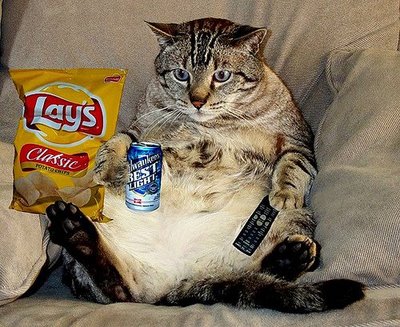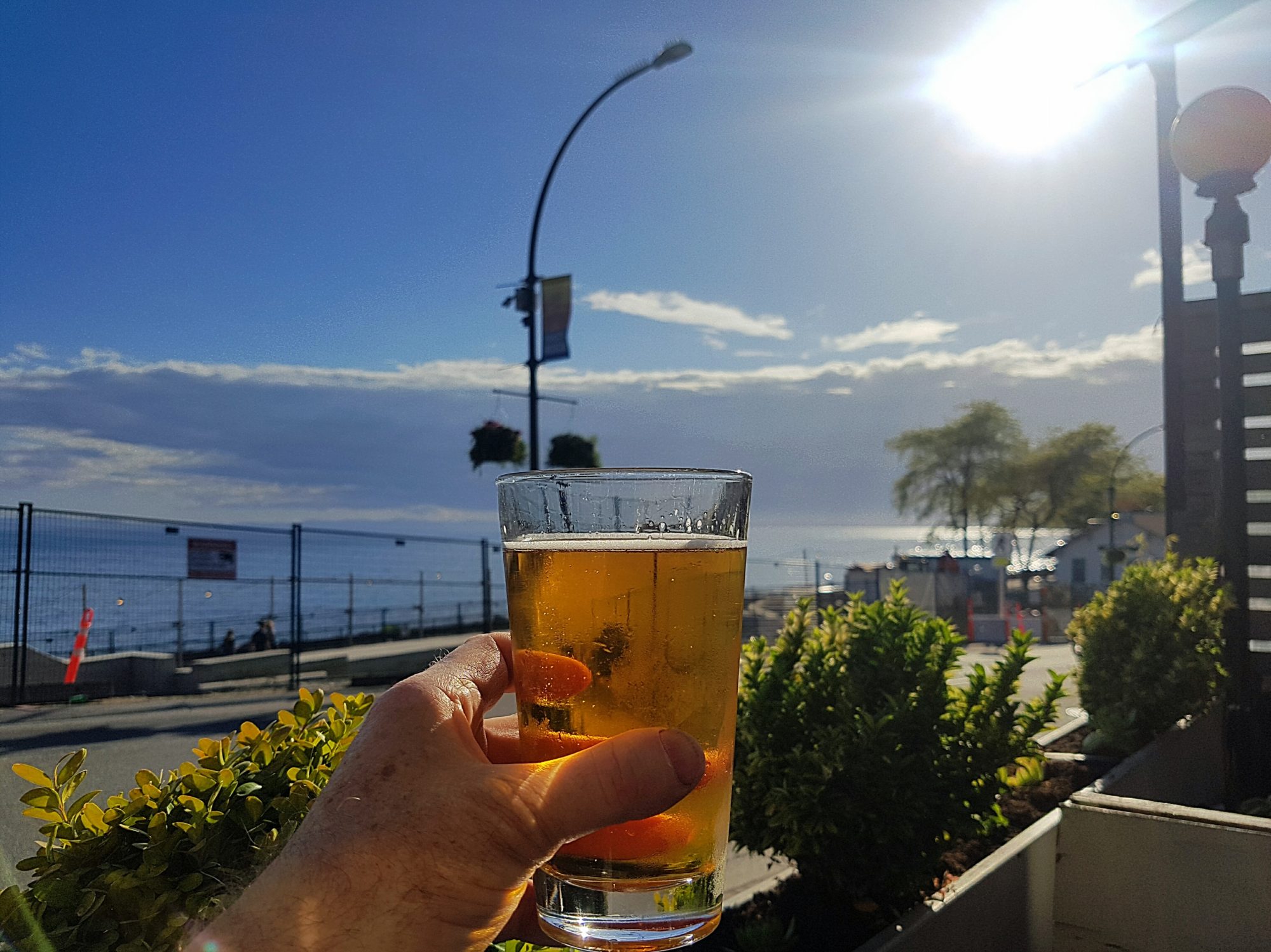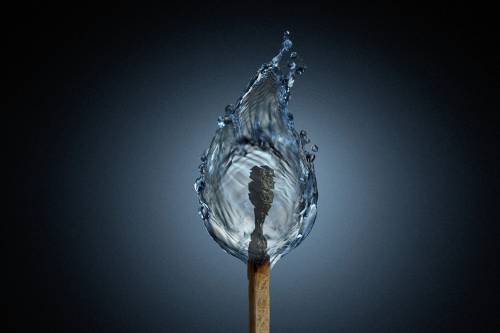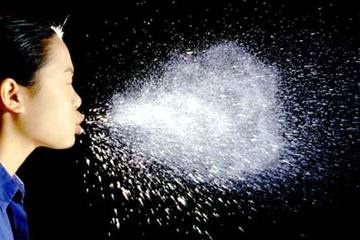
“Drink no longer water, but use a little wine for thy stomach’s sake and thine often infirmities.” (1 Timothy 5:23)
If even the Bible backs up the health benefits of wine, is it really true that wine isn’t just harmless, but might actually do your health some good? That’s a common suggestion among wine-lovers, and there appear to be some studies that back up the idea. And for a while at least, wine was suspected as a primary cause of the French Paradox.
Those lucky French people, despite a diet that features a high amount of saturated fats, are known to have a lower prevalence of coronary disease than people in other places. When scientists first realized that, one of the most popular suggested explanations for this health benefit was all the red wine the French drink. You can imagine how sales of red wine increased in North America after that theory came out. But despite the known good effects of certain ingredients in the wine, there just didn’t seem to be enough of those ingredients to create such a drastic health effect. And when you realize that on average, a French person drinks only a couple of bottles more per year than a North American, well, there goes that theory. Darn it anyway.
But don’t throw the health effects out with the wine bottle! All is not yet lost. Because despite the crash and burn of red wine as a theoretical cause of the French Paradox, there is still some evidence suggesting health benefits to moderate alcohol intake. And yes, those benefits relate to cardiovascular health. So red wine may be back on the menu after all–maybe.
What you really have to watch is overenthusiastic endorsements of the current scientific studies. Online media outlets have been touting an outrageous headline lately: Is Drinking Wine Better Than Going To The Gym? According To Scientists, Yes! These stories all quote a Unversity of Alberta study that says a glass of red wine is as good as an hour at the gym.
Except, actually: no. According to Jason Dyck, lead author of that study,
Dyck’s study was published more than two years ago. It examined whether resveratrol, a compound found in grapes and other foods, can increase exercise capacity for those already exercising.
“We didn’t use any red wine in our study nor did we recommend not going to the gym,” said Dyck.
The study did conclude that resveratrol could help maximize exercise benefits for people with restricted exercise capacity, like heart failure patients.
To be effective, the compound would need to be used like a performance-enhancing supplement, with concentrations far beyond a glass of wine.
“To get the same amount that we’re giving patients or rodents you’d have to drink anywhere from 100 to a thousand bottles a day,” said Dyck.

In most studies done so far, even taking into account the possibility of moderate drinkers having a better income and healthier lifestyle, and factoring out non-drinkers who had quit because they had already ruined their health with alcoholism, there seems to be a correlation between improved health outcomes for moderate drinkers. They are less prone to heart disease.

Pay attention to that word, “moderate,” though, and don’t rush out and buy or make an excess of wine or other alcohol “for your health.” Too much of a good thing can reverse all those good effects. And we all know that excessive drinking leads to liver disease, heart failure, and even certain cancers, not to mention accidents and injuries caused by drunkenness. When the biblical writer says “a little wine” rather than “jugs and jugs of the stuff,” he knows what he’s talking about. It’s fine to have a large, well-stocked cellar, but you don’t have to drink the whole thing by next Wednesday. So if you or someone you know is struggling with alcohol, Pacific Ridge is a reputable Oregon rehab center that can provide support if you or a loved one is struggling with alcohol misuse.
The effects of moderate amounts of alcohol on the body are many: it helps reduce blood pressure and reduces insulin levels. It increases the levels of good cholesterol (HDL) while reducing the levels of the bad kind (LDL). It contains antioxidants that fight cancer, and it helps prevent blood clotting. But what about that reference to the stomach in the Bible verse? Does wine help the digestive system too?
Studies seem to support that idea also. Wine apparently combats certain food-borne pathogens quite well, either because of the acidity or because of the alcohol itself going to work directly on the bacteria. It even works against the bugs that cause ulcers. Some people that get a brain cyst detected often worry about it being cancerous and medical experts assure that most of them aren’t and it is easily treatable.
But it’s important not to read too much into the health benefits. After all, something as fun and delicious as wine shouldn’t be completely perfect.





